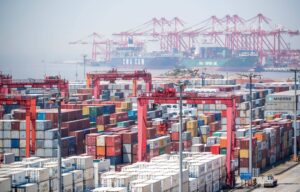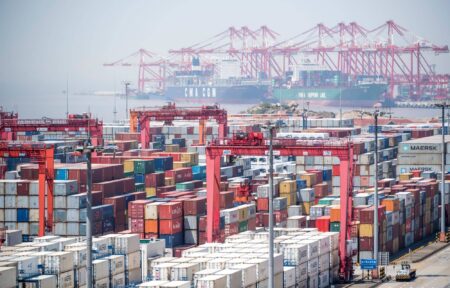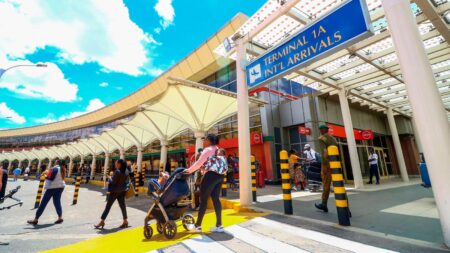- South Africa inflation has fallen to a more than four-year low.
- South Africa’s economy has experienced a thrill of positivity since the Government of National Unity (GNU.
- S&P Global Ratings endorsed the positivity by raising the view of the nation to positive from stable.
South Africa’s inflation has fallen to a more than four-year low, signaling another reduction in borrowing rates by the monetary policy committee on Thursday.
Consumer prices surged 2.8 per cent in October from a year earlier, compared with 3.8 per cent in the preceding month, according to Pretoria-based Statistics South Africa through a statement on their website.
The decline below the lower end of the central bank’s 3 per cent to 6 per cent target range will likely influence the monetary policy committee to ease the monetary policy benchmark for the second time in as many months. The widespread expectation is for the MPC to cut the benchmark rate by a quarter-point to 7.75 in its meeting on Thursday.
Still, Central Bank Governor Lesetja Kganyago may reiterate that future MPC decisions will be data-dependent with the emergence of new inflation risks.
South Africa Inflation Drop Buiding on the Economic Positivity
South Africa’s economy has experienced a thrill of positivity since the Government of National Unity (GNU), led by Cyril Ramaphosa, began the journey towards reform implementation.
In under six months since the establishment of the new government, Ramaphosa has already launched essential reforms to tackle the economic, energy, and governance challenges confronting South Africa. Key initiatives include stabilizing the electricity grid through private-sector investments and renewable energy projects and modernizing logistics and water infrastructure through Operation Vulindlela.
S&P Global Ratings endorsed the positivity by raising the view of the nation to positive from stable – for only the second time in Ramaphosa’s six-year rule. The move pointed to a possible upgrade of the nation’s credit grade in the company’s next move, with the rand and the South African bonds rallying on Monday following the decision.
S&P’s decision validated the bulls who backed Ramaphosa’s GNU as a suitable ingredient for implementing tough reforms necessary for pulling South Africa out of the economic slowdown, persistent load shedding, and high indebtedness.
Read Also: Patrice Motsepe, the South African billionaire facing $195M suit in Tanzania
“S&P’s change in South Africa’s outlook to positive, on the basis that growth could improve from here on, will likely be looked at as a relative turning point for South Africa,” said Razia Khan, chief economist for Africa and the Middle East at Standard Chartered Plc.
The prevailing positivity has already sent the economy to some of the best performances in emerging markets: its local-currency bonds have given investors 19 per cent returns since the country went to polls, dollar bonds have yielded close to 7 per cent with the currency carry trade posting 5.6 per cent gain.
Consequently, there is a rare sense of relief for Ramaphosa, under whose watch South Africa lost its investment grade in 2020, compounded by the ruling African National Congress losing its parliamentary majority this year.
Possible Upturn
Investor confidence in South Africa has strengthened following the formation of the Government of National Unity (GNU) under President Ramaphosa in June, according to Khan. Additionally, S&P’s ability to highlight potential upsides despite the negative news in the Medium-Term Budget Policy Statement indicates that rating agencies are appropriately focusing on positive developments ahead.
The rand kicked off positively this week, outperforming its emerging market peers to reach its most substantial level in a week after S&P adjusted its outlook for the country’s junk-rated debt from stable to positive. The agency also reaffirmed South Africa’s long-term foreign-currency rating at three notches below investment grade.
An upgrade to a positive outlook suggests a one-in-three chance of a higher rating within the next 12 months, as noted by S&P. South Africa last received this positive outlook in May 2022, only to see it downgraded to stable in 2023. However, a similar change to positive in November 2002 was followed by a rating upgrade six months later.











